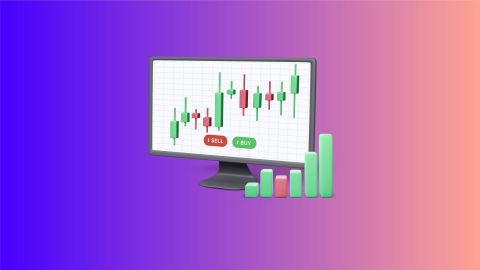A grey market stock refers to shares that are bought and sold unofficially before a company’s official Initial Public Offering (IPO). In this market, traders engage in unofficial transactions based on mutual trust, with no formal regulatory oversight. A limited group of individuals typically participates in such trades, and prices are determined by demand and supply expectations. Although grey market trading is legal in India, it is considered unofficial, as it operates outside recognised stock exchanges. Importantly, trades conducted in the grey market cannot be formally settled until the IPO is launched and the shares are listed on an exchange. This market provides an early indication of investor sentiment and expected stock performance before official listing and public trading begins.
How does grey market work?
Here is a breakdown of how the grey market works in the context of trading securities:
1. Pre-listing phase
The grey market activity usually begins during the pre-listing phase, before the company's shares are officially listed on a stock exchange. Companies planning to go public often conduct IPOs to raise capital by issuing shares to the public.
2. Unofficial trading
In the grey market, investors trade these yet-to-be-listed shares unofficially. This can happen through over the counter (OTC) transactions or other informal channels. Investors may enter into agreements to buy or sell shares at agreed-upon prices.
3. Determining prices
Prices in the grey market are determined by market forces such as demand and supply dynamics. The perceived value of the company, investor sentiment, and other market factors influence the prices at which shares are bought and sold in the grey market.
4. Risk and speculation
Grey market trading involves a higher level of risk and speculation compared to trading on official stock exchanges. Since these transactions are not regulated, participants may not benefit from the same level of investor protection, transparency, or legal recourse in case of disputes.
5. Settlement process
Settlements in the grey market typically involve the exchange of shares and funds directly between buyers and sellers. The absence of a centralised clearing system can increase the risk of default and settlement issues.
6. Transition to the official market
Once the company's shares are officially listed on a stock exchange, the grey market activity diminishes, and trading transitions to the regulated exchange. At this point, the shares are subject to the rules and regulations of the official market, providing investors with the safeguards and transparency associated with established exchanges.
What is Grey Market Premium?
The price at which IPO shares are traded unofficially in the grey market is known as the grey market premium (GMP). It reflects the extra amount investors are willing to pay over the IPO issue price, offering insight into listing day expectations. Since trading occurs outside official exchanges, the GMP provides an informal gauge of investor sentiment.
Example:
Suppose Stock Y’s IPO issue price is ₹100, and the grey market premium is ₹300. This implies investors are willing to buy the stock at ₹400 (₹100 + ₹300), indicating strong demand before the stock lists.
Types of trading in grey market
The grey market offers two main types of trading for IPOs (Initial Public Offerings):
- Trading IPO Shares – Buying or selling IPO-allocated shares before their official listing.
- Trading IPO Applications – Buying or selling IPO applications at a premium or discount.
How are IPO shares traded in the grey market?
IPO application trading mirrors share trading in the grey market. The difference lies in allotment—here, the seller receives the premium from the buyer even if the IPO shares are not allotted, making it a high-risk, trust-based transaction.Investors apply for shares through an IPO, taking a financial risk as allocation isn't guaranteed.
- Buyers seek shares they believe will trade above their issue price.
- Buyers place orders at a premium through grey market dealers.
- Dealers contact sellers who applied for IPO shares and offer a premium price.
- Sellers who wish to avoid listing risks may sell to dealers at a fixed rate.
- If shares are allocated, sellers can sell at the agreed price or transfer them to buyers' Demat accounts.
- If no shares are allocated, the deal is automatically cancelled.
Conclusion
The grey market is a marketplace for trading securities and goods outside of regulated exchanges. This can involve buying and selling stocks before they officially list or trading in imported goods that have not gone through official channels. While the grey market can offer opportunities to profit from price discrepancies, it also carries a higher risk of fraud compared to regulated exchanges. Be sure to carefully consider the risks before participating in the grey market.





